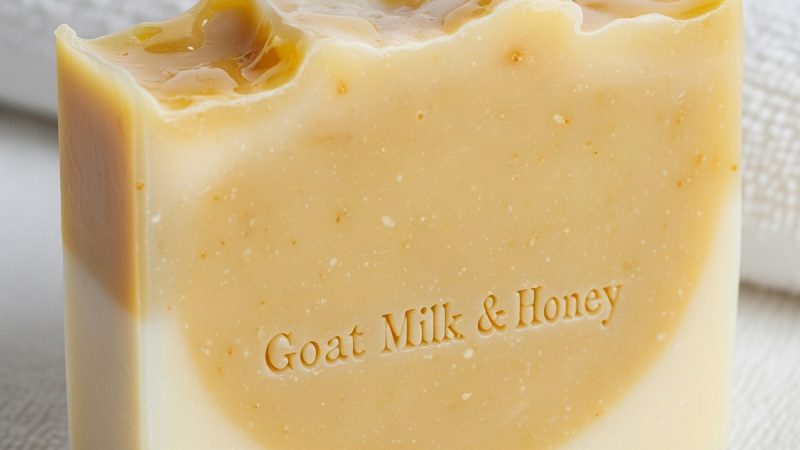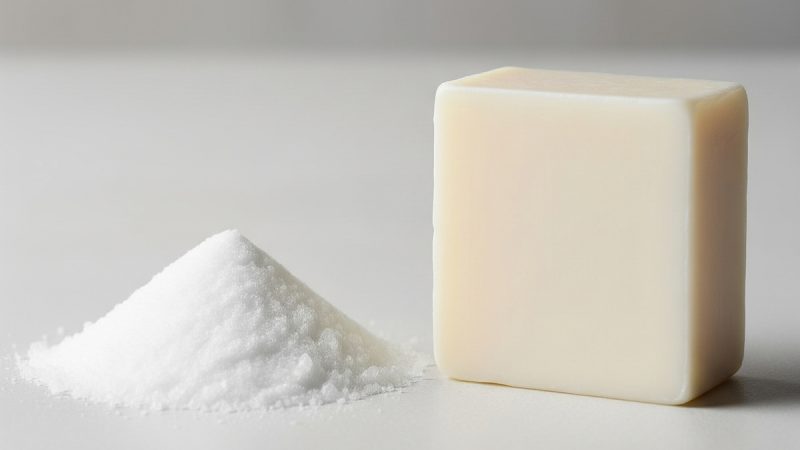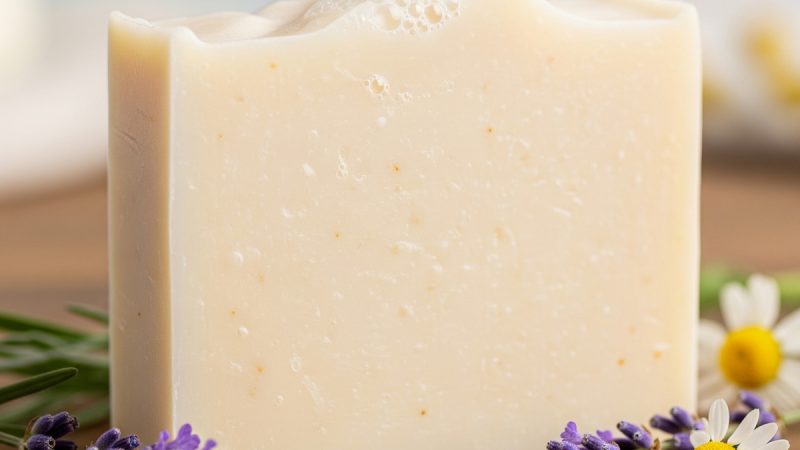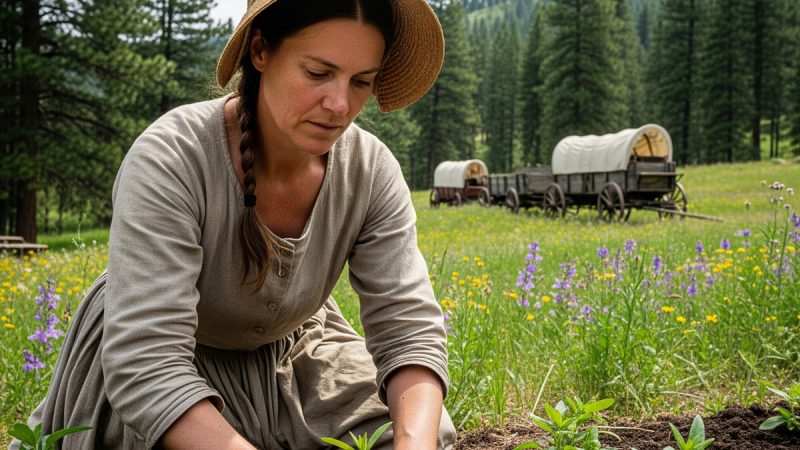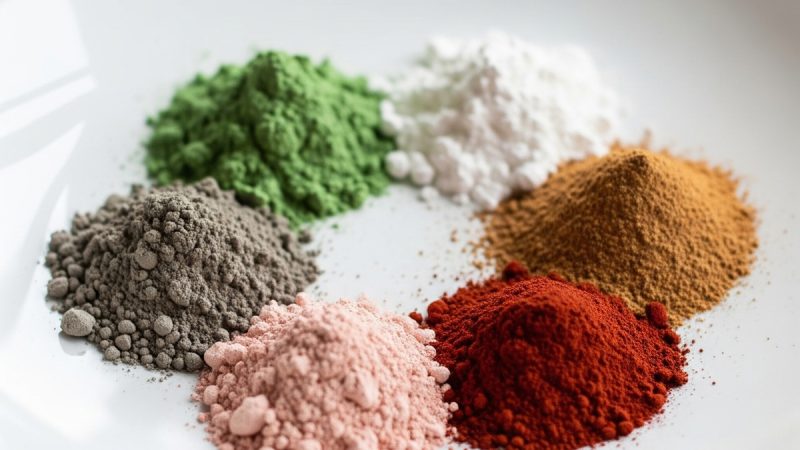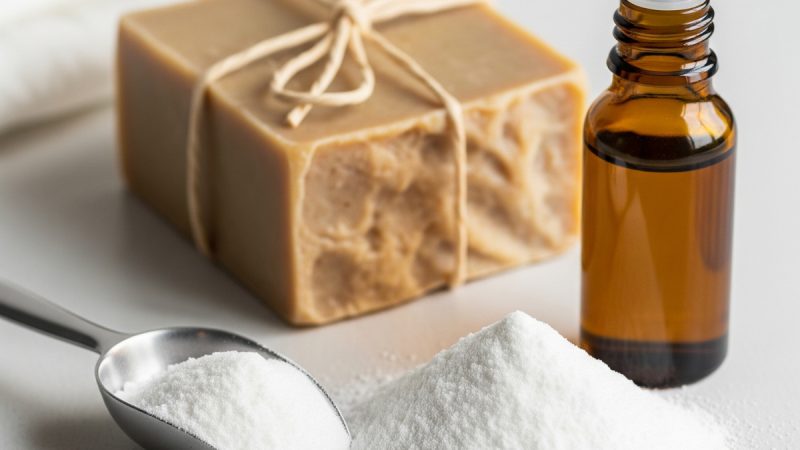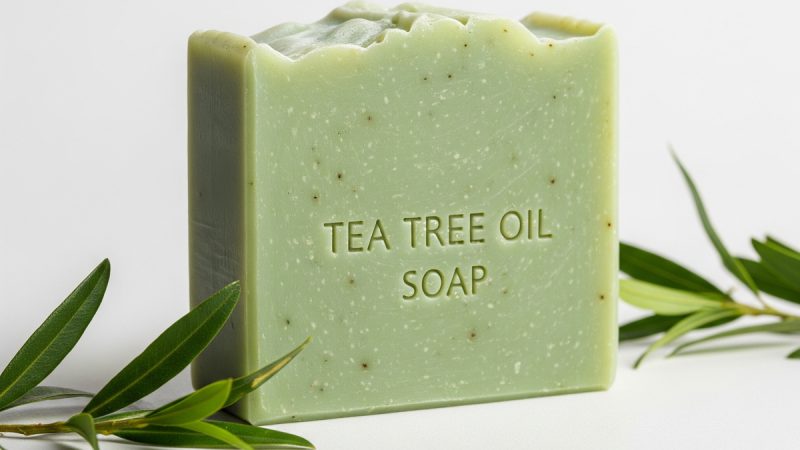Goat Milk Soap with Natural Colors

Goat milk soap has many interesting characteristics. Many people seek it out because of the feel and the properties the milk seems to lend to soap. Another plus to the soap lies in the color. Make it in what I consider the right way and you automatically get a colored soap, that sets it apart from soap made with water.
Make goat milk soap without controlling the heat of the lye and milk reaction and you get a burnt brown color.
That’s the look of milk soap that you may expect, but not me. I want my finished uncolored soap to have an almost ancient ivory color, just the slightest tan. You get that beautiful color by keeping the lye and milk mix cooled as you add lye to milk.
If you want other colors in your milk soap, that’s easy to do too.
You can use any of the pigments available, but I prefer to skip the high tech bright pigments in my goat milk soap recipe, and go for the natural source colors. Here are a few I use and what to expect form each.
Rose hips powder is a favorite and you can expect a pinkish color with this plant material. There are several ways to use this powder. My favorite is to add a bit to just a small amount of you mixed soap just after trace begins. Mix it well and then add that to the soap. That makes it much easier to get a good mix rather than trying to mix powder in a whole big batch of soap.
Another interesting material is Spirulina powder, which of course is a type of algae. As you may expect, this gives you a green, really quite bright color, that holds well for a long time.
For a yellow-orange tint, try Turmeric powder. Like many of these natural colors, this one is somewhat subtle, but very distinct.
Similar to Spirulina is Kelp. Except, with kelp, you get more of a pale gray-green shade. It really is more gray than green.
Annatto Seed shows up in commercial products as coloring often. It produces a light yellow-orange. This one works better if you soak the seeds in a portion of the base oils and then use that oil in the soap, rather than adding the ground-up seeds to the almost-finished soap.
Beet Root Powder produces a long-lasting muddy yellow color. These yellow tints really look cool and work best if the base soap is a lighter tint, and not really dark to start. That’s another reason to carefully make your soap, and avoid the burnt-milk dark brown color.
Another plant material used to tint the base oils is the Calendula Blossom. Soak blossoms in oil, and then use the oil in making soap to get a light yellow.
Finally, why not color with Paprika? Get red-orange tints with Paprika powder added to the almost finished soap liquid. Bright and long-lasting, Paprika red goes well with any number of soap fragrances.
If you want goat milk soap with natural colors, try to keep the uncolored soap lighter colored by controlling temperatures. One great option for colors in soap is the great variety of natural materials that produce colored soap easily.
The Author:
Al Bullington and his family made and sold soap for years and developed a system for making money with natural soap and related products like salves and shampoo. Read more about their soap business experiences.
Photo. Pasqual Broch
Source: EzineArticles.com

